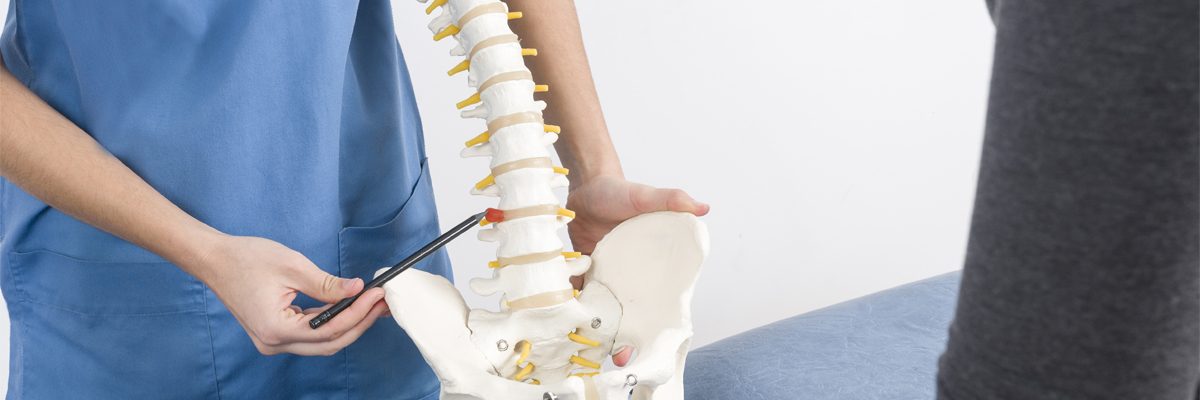No one wants to have back pain, yet most of us will at some point in our lives. Unfortunately, it is one of the top reasons people visit a doctor every year and is the leading cause of disability worldwide. There is good news, though. While back pain, both here in the States and around the world, remains a very prevalent problem, there are more treatments than ever to alleviate its symptoms. In fact, thanks to pioneering work with regenerative techniques, some treatments may have the potential to actually correct issues with the spine itself. If you’ve heard about spinal disc regeneration injections and wondered how they work, keep reading. We’re going to answer three of the most common questions we get asked about using regenerative injections to treat spinal disc deterioration.
Share this Post
First Up: Just What Are Spinal Disc Regeneration Injections?
Spinal disc regenerative injections are a type of stem cell therapy used to address both acute and chronic spinal disc degeneration. Whether due to age, overuse or trauma, spinal discs can bulge out of place, tear or otherwise lose their structural integrity, causing irritation to surrounding nerves and pain as bones begin to rub against one another. A spinal disc regeneration injection is an alternative to invasive surgery and other traditional treatments that makes use of the body’s own defenses to potentially reduce inflammation, stop disc atrophy, increase hydration and rebuild healthy disc material. The procedure is only minimally-invasive; adult mesenchymal stem cells — special cells that help the body repair itself — are harvested from the patient’s adipose tissue and bone marrow. These cells are then potentially mixed with other biologics taken from the patient to create a customized aspirate that is injected back into the patient at the point of disc deterioration. Research shows that once introduced into damaged tissue, these stem cells have the capacity to replicate into just the right type of cell needed to replace the faulty ones. The result: healthy disc cells that can grow into healthy disc tissue, alleviating pain and restoring proper disc function.
Next: What is the Recovery Like?
As mentioned, spinal disc regeneration injections are minimally invasive. Unlike surgery, there is no need for large incisions, a hospital stay or even much rehabilitation; most of our stem cell therapy patients walk unassisted from our office following the two to three hour procedure and return to work within one to two days. We suggest they perform light activities for 4-6 weeks before resuming their normal routines. Compared to surgical options (which necessitate lengthy rehabilitation regimes); medications, corticosteroids, anesthetics and other therapeutic injections (which only relieve symptoms); and strengthening exercises (which demand time and dedication), spinal disc regeneration injections offer a quicker recovery with potentially better pain relief and the potential to actually repair damaged disc tissue.
Finally, Does It Work?
Research validates using stem cells to treat spinal disc degeneration. For over 70 years, physicians and researchers have been using and proving that stem cells have the capacity to regenerate healthy tissue. Furthermore, our own patients here at ThriveMD corroborate the benefits of using spinal disc regeneration injections and other regenerative stem cell therapies to treat their orthopedic degeneration and injuries.
Ready to Learn More?
Of course, any treatment plan is best discussed with an experienced health care provider. If you or a loved one would like to learn more about spinal disc regeneration injections, please contact our office.


